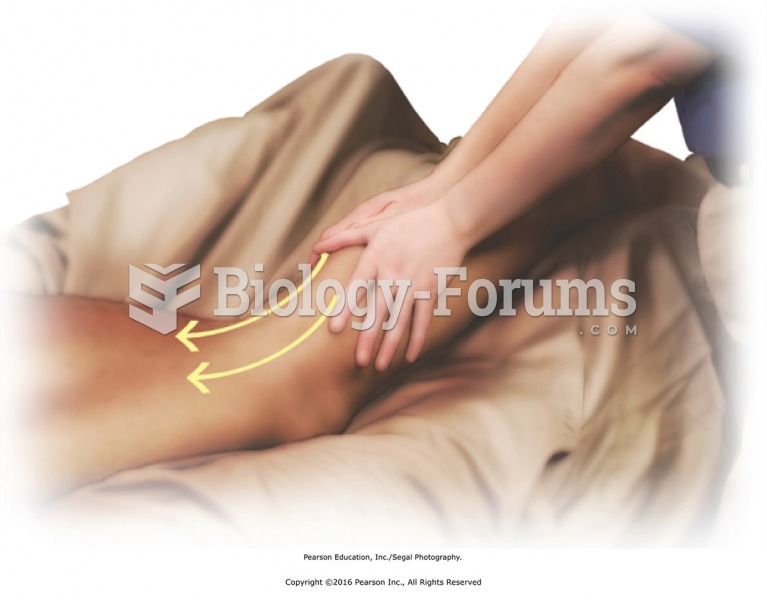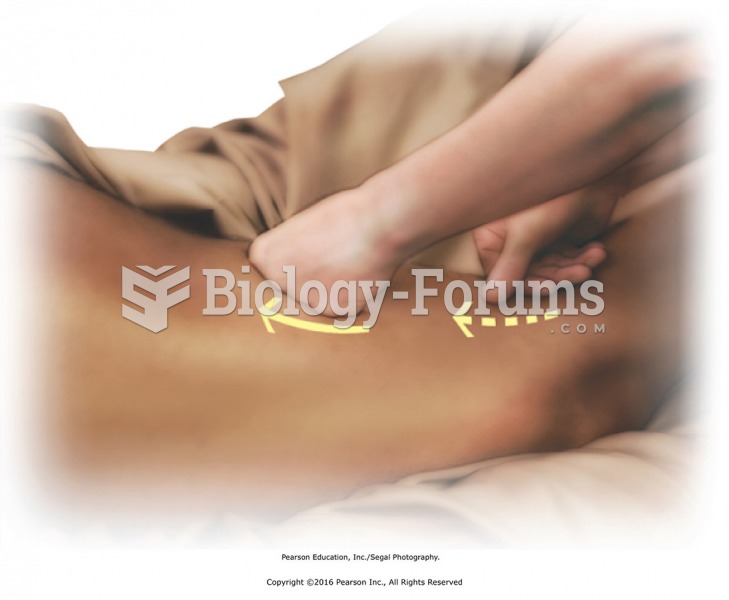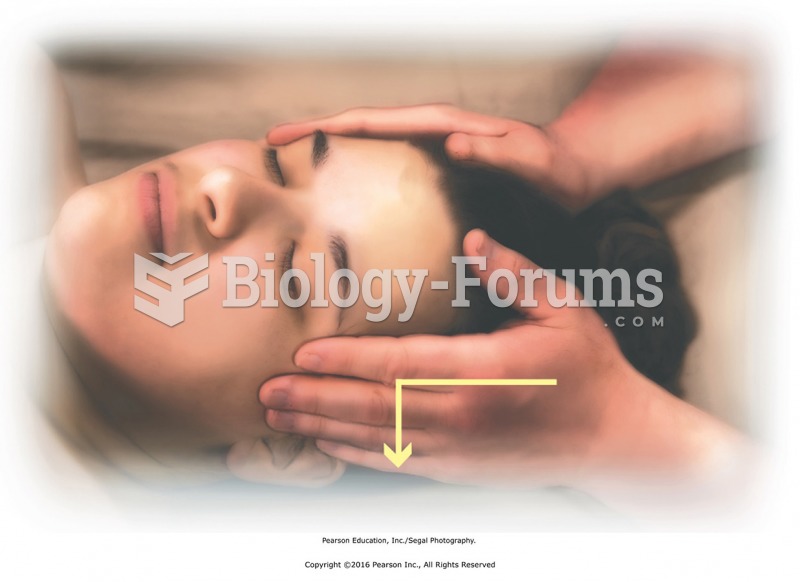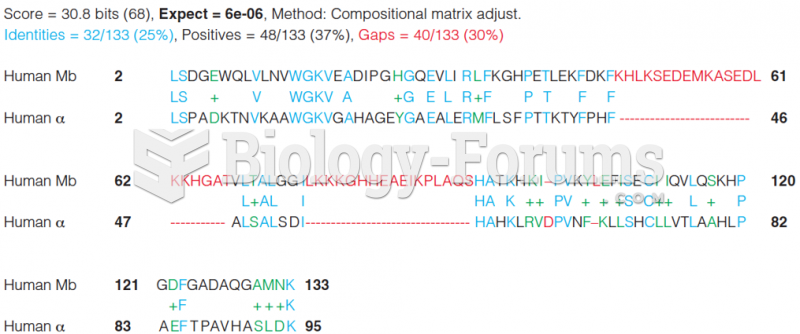|
|
|
In women, pharmacodynamic differences include increased sensitivity to (and increased effectiveness of) beta-blockers, opioids, selective serotonin reuptake inhibitors, and typical antipsychotics.
Drug-induced pharmacodynamic effects manifested in older adults include drug-induced renal toxicity, which can be a major factor when these adults are experiencing other kidney problems.
The FDA recognizes 118 routes of administration.
The cure for trichomoniasis is easy as long as the patient does not drink alcoholic beverages for 24 hours. Just a single dose of medication is needed to rid the body of the disease. However, without proper precautions, an individual may contract the disease repeatedly. In fact, most people develop trichomoniasis again within three months of their last treatment.
Cytomegalovirus affects nearly the same amount of newborns every year as Down syndrome.
 Stand at the side of the table facing the head. Apply lubricant with effleurage from ankle to hip ...
Stand at the side of the table facing the head. Apply lubricant with effleurage from ankle to hip ...
 Apply effleurage to hamstring muscles with fists from just above the popliteal fossa to the superior ...
Apply effleurage to hamstring muscles with fists from just above the popliteal fossa to the superior ...





